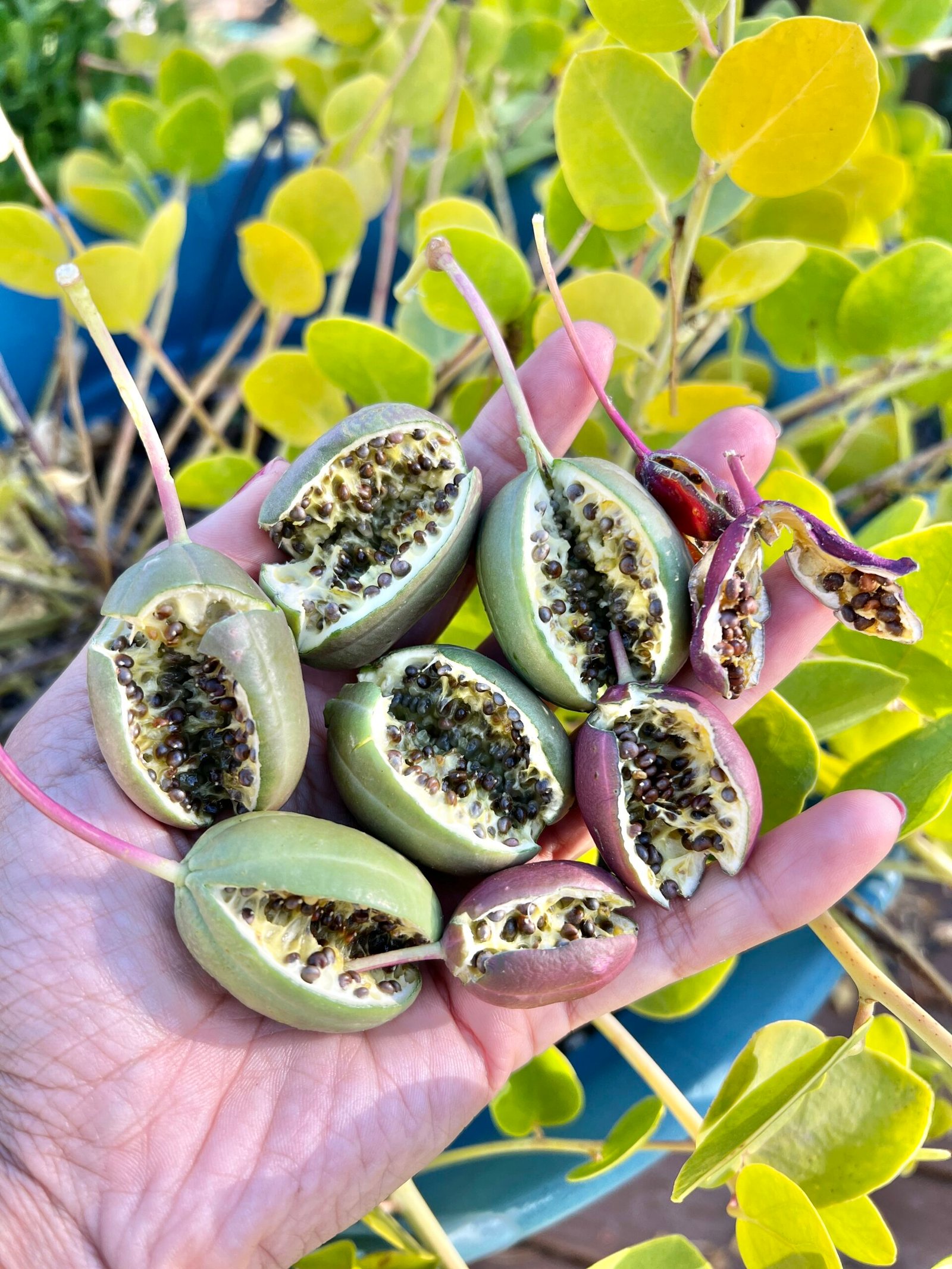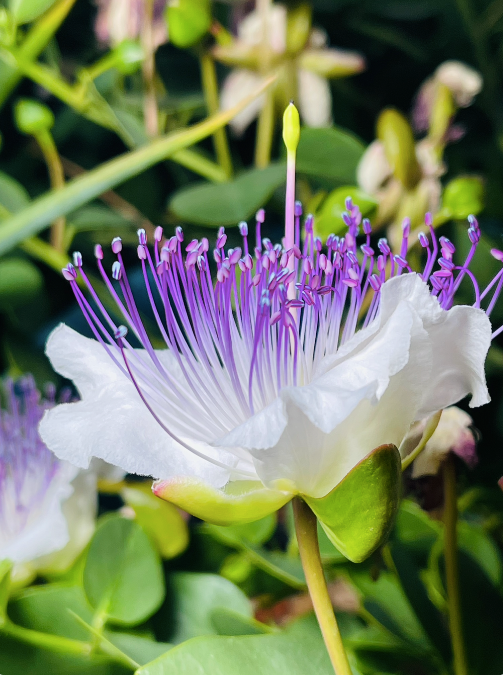
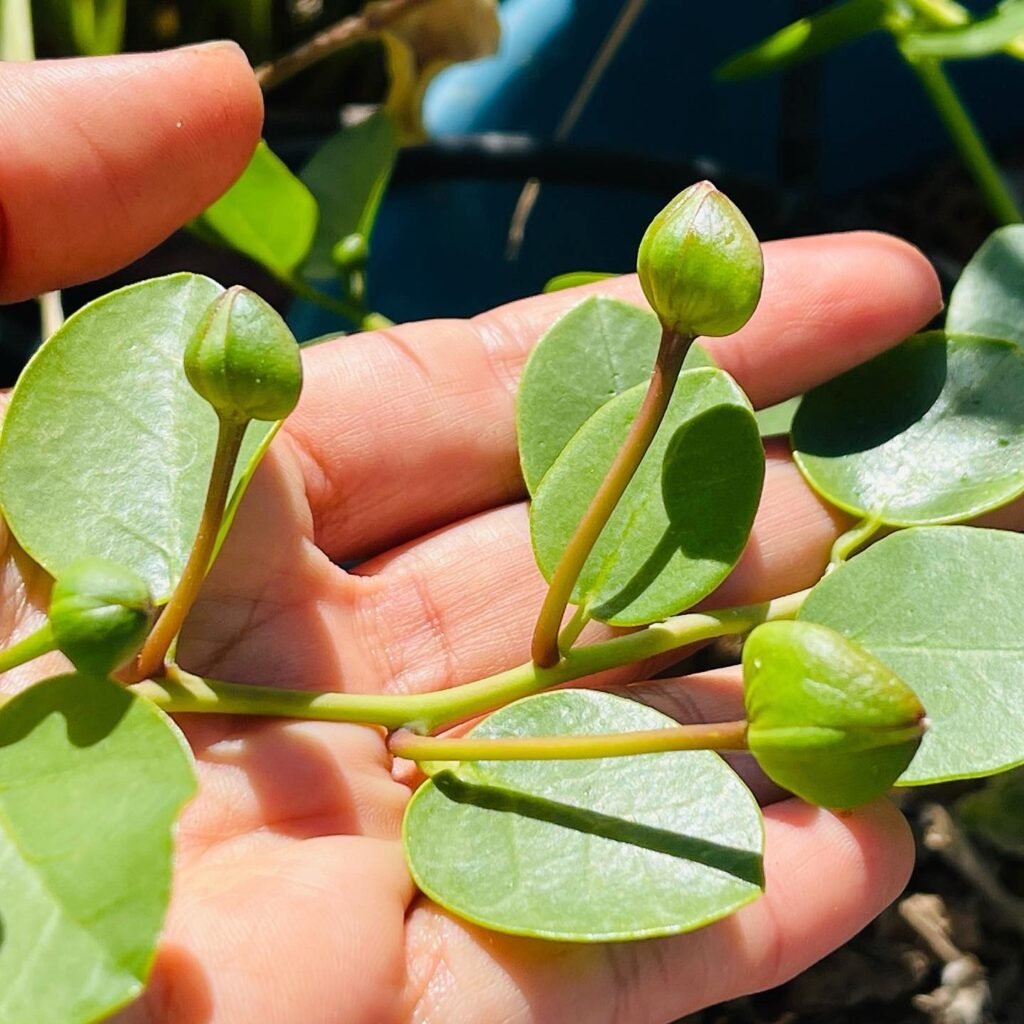
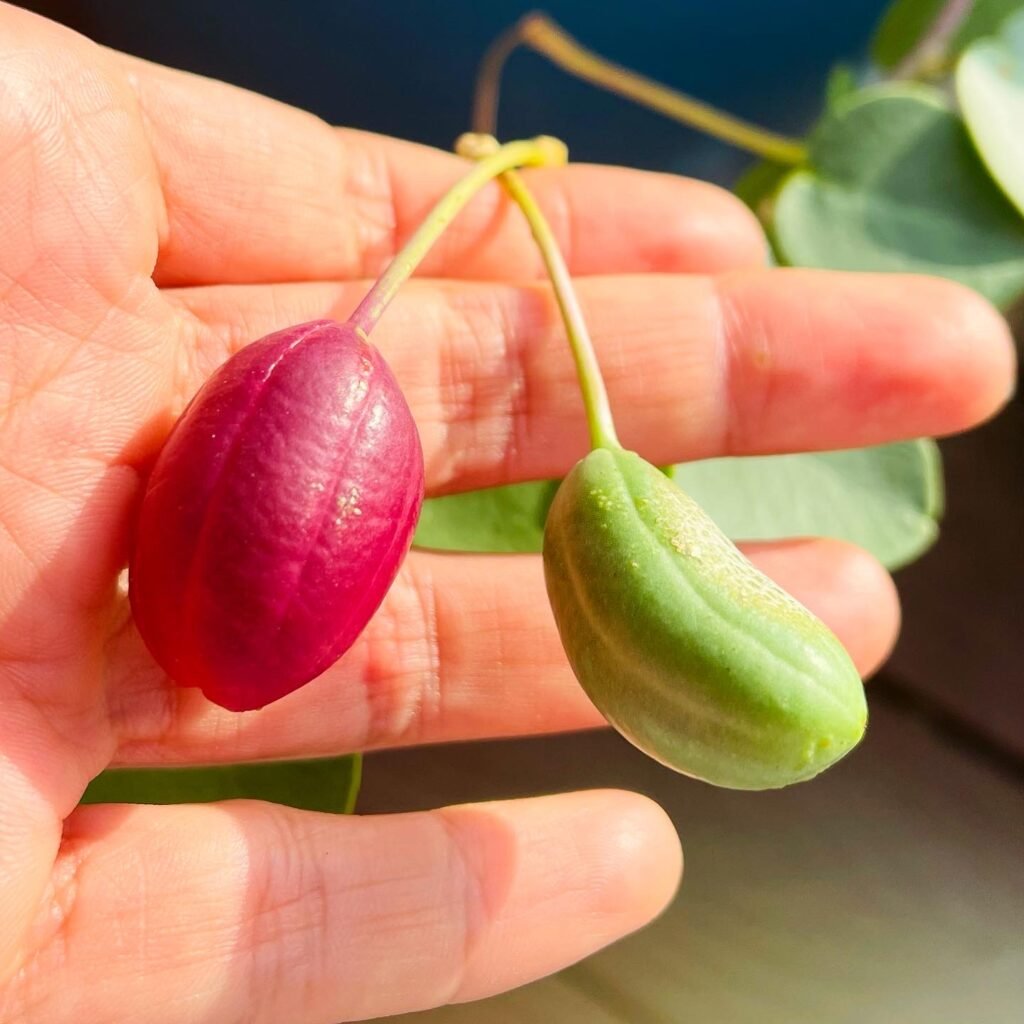
Greetings, fellow food enthusiasts and home cooks! Today, I’m excited to share my personal experience growing and pickling capers, transforming these vibrant berries into a delectable condiment that adds a delightful tang to various dishes.
My journey with capers began in 2019 when I acquired a two-foot-tall caper plant. Eager to nurture this culinary gem, I placed it in a spacious container on my sun-drenched balcony, providing it with an ideal environment to thrive. The plant responded enthusiastically, growing rapidly and producing an abundance of berries.
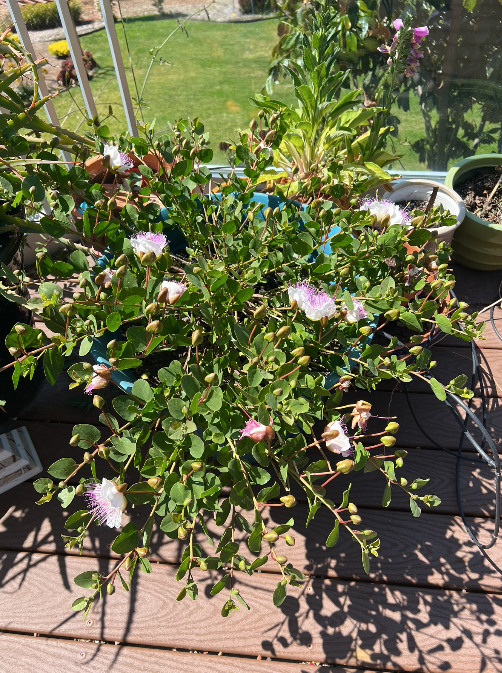
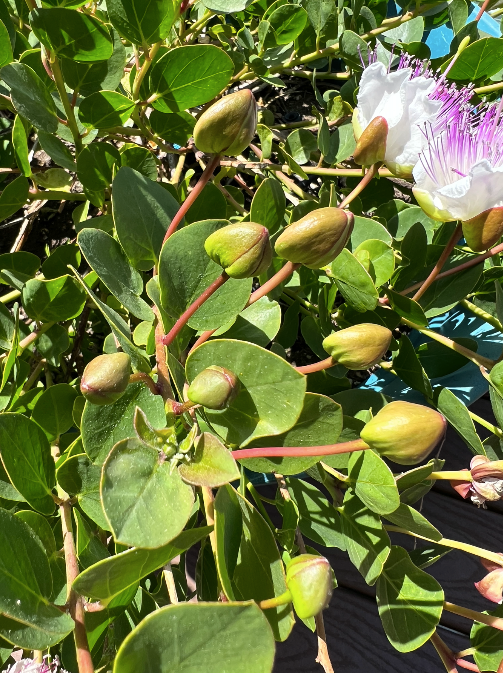
Initially, I allowed some of the berries to mature into stunningly fragrant flowers, attracting a symphony of buzzing bees. However, I soon discovered the culinary potential of these unripe berries, realizing their suitability for pickling.
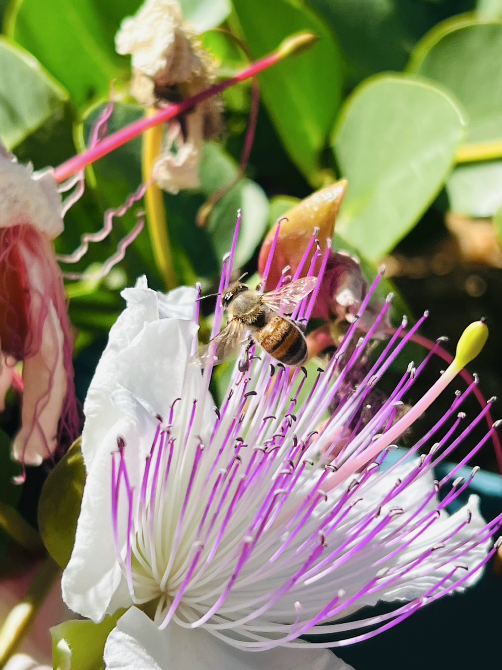
As the years passed, my caper plant flourished, yielding an increasing bounty of berries each season. This year, I decided to embark on a culinary adventure, preserving the berries in vinegar.
The tiny berries began to appear in mid-June, their harvest continuing until September. Interestingly, I discovered that the young berries, plucked just before blooming, are ideal for pickling. Additionally, I harvested larger seed pods, which serve as the plant’s reproductive units.
This year (2023) marked an abundance of seed pods, and I seized the opportunity to preserve them in a small jar. I poured white balsamic vinegar over the pods, adding a touch of dried hot pepper and salt for an extra kick of flavor. This flavorful concoction now rests in my pantry, patiently awaiting its transformation into a culinary delight.
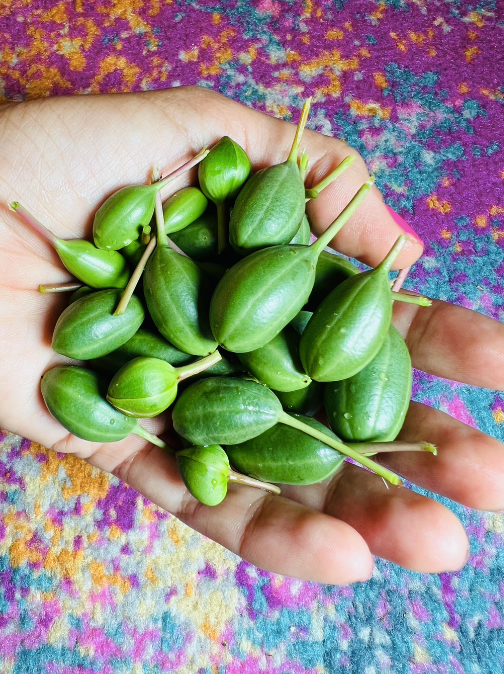
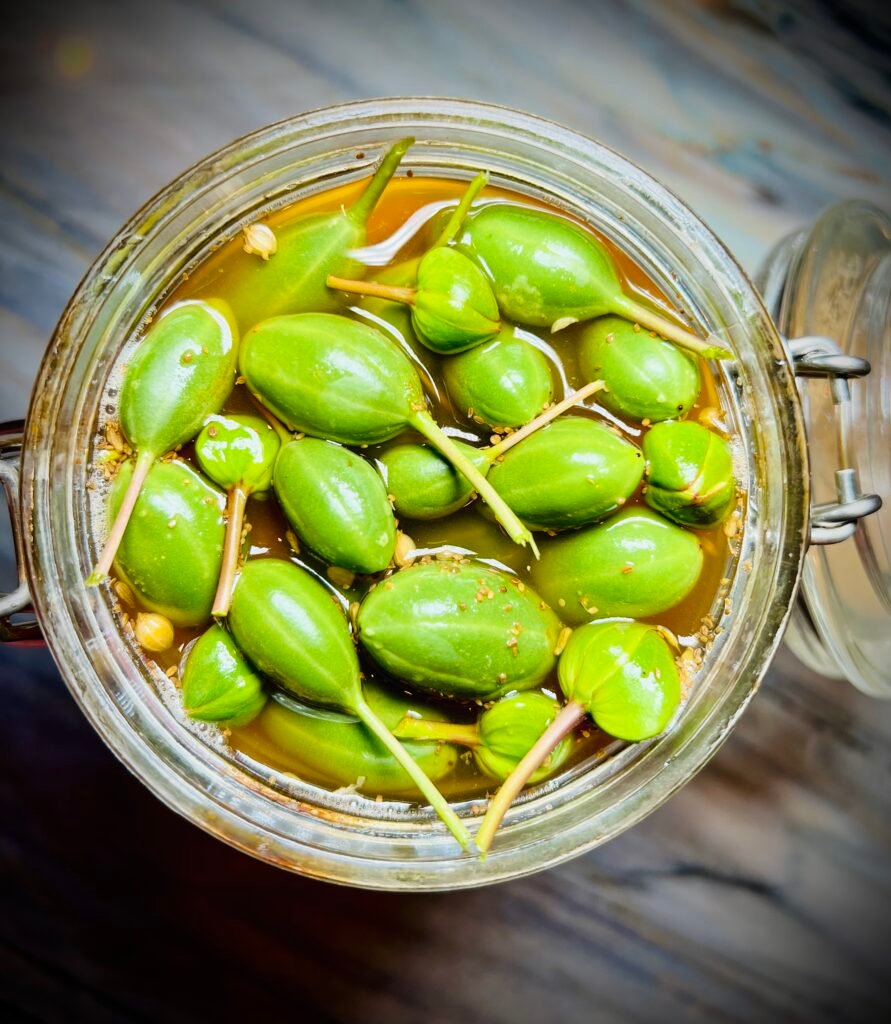
Throughout my caper-growing adventure, I’ve learned valuable lessons about cultivating these unique plants and transforming their berries into a culinary treasure. I’m excited to share my insights and experiences with you, hoping to inspire you to explore the world of capers and embark on your own culinary adventures.
Table of Content
What Are Capers?
Capers, tiny green balls that pack a big flavor punch, are the unripened flower buds of a prickly plant called the caper bush (Capparis spinosa or Capparis inermis). These Mediterranean natives have been gracing our plates since 2,000 B.C., and their story is as ancient as the Sumerian Epic of Gilgamesh, where they were mentioned as a culinary delight. To turn these immature buds into the briny, pea-sized flavor bombs we know as capers, they undergo a special process.
First, they’re spread out in the sun to dry off, concentrating their intense flavors like sun-kissed tomatoes. Then, they’re transformed by a pickling bath, soaking up the tangy goodness of vinegar, brine, wine, or salt. This pickling process gives them a lemony, zesty flavor, similar to green olives. The result is a flavor explosion that adds a delightful kick to a variety of dishes.
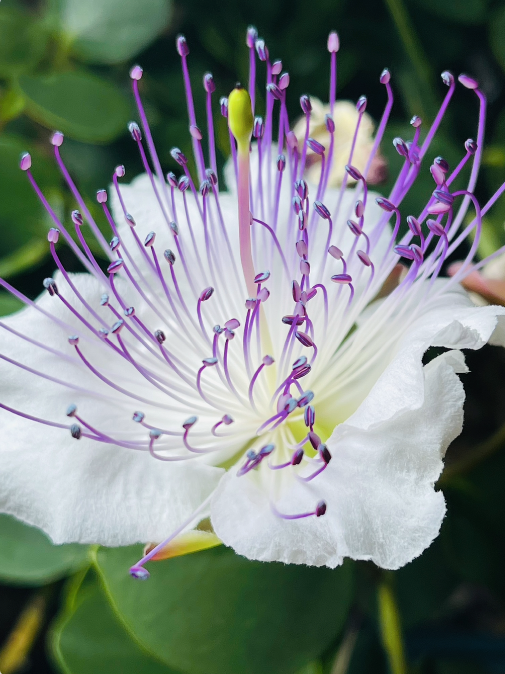


Varieties
Like tiny green jewels, capers come in various sizes, each with its unique flavor profile. The smallest capers, measuring just around 7mm, are known as French nonpareils and are highly prized for their delicate texture and superior flavor. These precious buds command a premium price, reflecting their culinary excellence. Slightly larger capers, ranging from 7mm to 8mm, are called surfines and offer a balance of flavor and affordability. As capers grow in size, their acidity intensifies. Capucines (8mm to 9mm), capotes (9mm to 11mm), and fines (11mm to 13mm) are all suitable for dishes where a stronger tang is desired. The largest capers, called grusas, exceed 14mm in diameter and are best used sparingly due to their pronounced acidity.
Quick Facts
- Provenance: Caper bush; Mediterranean
- Common Applications: Garnish, condiment, sauces, dressings
- Alternatives: Green olives, pickled nasturtium
- Refrigerated Shelf Life: 6 months


Caper Uses
Capers, with their small green buds, have been a culinary staple in the Mediterranean region for centuries. They are renowned for their starring role in Italian dishes like chicken piccata and pasta puttanesca. The French incorporate them into skate meunier with browned butter, and they are an indispensable ingredient in a variety of Spanish tapas. In India, both the fruits and buds of the caper plant are pickled, while in the U.S., they are commonly used as a garnish and to add a tangy touch to New York-style bagels with lox and cream cheese.
These tiny, emerald orbs can impart a piquant sour and salty flavor to a multitude of dishes. With minimal preparation, they can be effortlessly added to salads, including pasta, chicken, and potato salads, or employed as a condiment or garnish. Finely chopped capers add a delightful zest to dressings and sauces. They can also be cooked alongside roasted vegetables, incorporated into various main courses, or sprinkled on top of pizzas. The burst of saltiness and acidity perfectly complements fish, especially rich varieties like salmon, as well as lamb. Capers are often paired with lemon, which harmonizes with their inherent lemon-olive flavor. Cheese and nuts are other popular complements.

How to Cook With Capers
Due to their intense flavor, capers should be used sparingly, especially the larger ones. Instead of adding a generous handful, carefully consider the balance of flavors in the recipe to ensure the capers don’t overpower the other ingredients.
Capers can be used directly from the jar. Many recipes call for rinsing the capers to remove some of the salt or vinegar, allowing their true flavor to shine through. After rinsing, pat the capers dry with a paper towel. Larger capers should be chopped before use. Some recipes, such as sauces, may require finely chopped capers, while others may use them in a puree like tapenade. Most of the time, capers are simply added to the hot pan with other ingredients, typically towards the end of the cooking process. This allows the capers to retain their shape and preserve their signature taste.
What Does It Taste Like?
Capers possess a unique flavor profile, often described as lemony, olivey, and salty. The briny, vinegary notes are largely attributed to the packaging process.
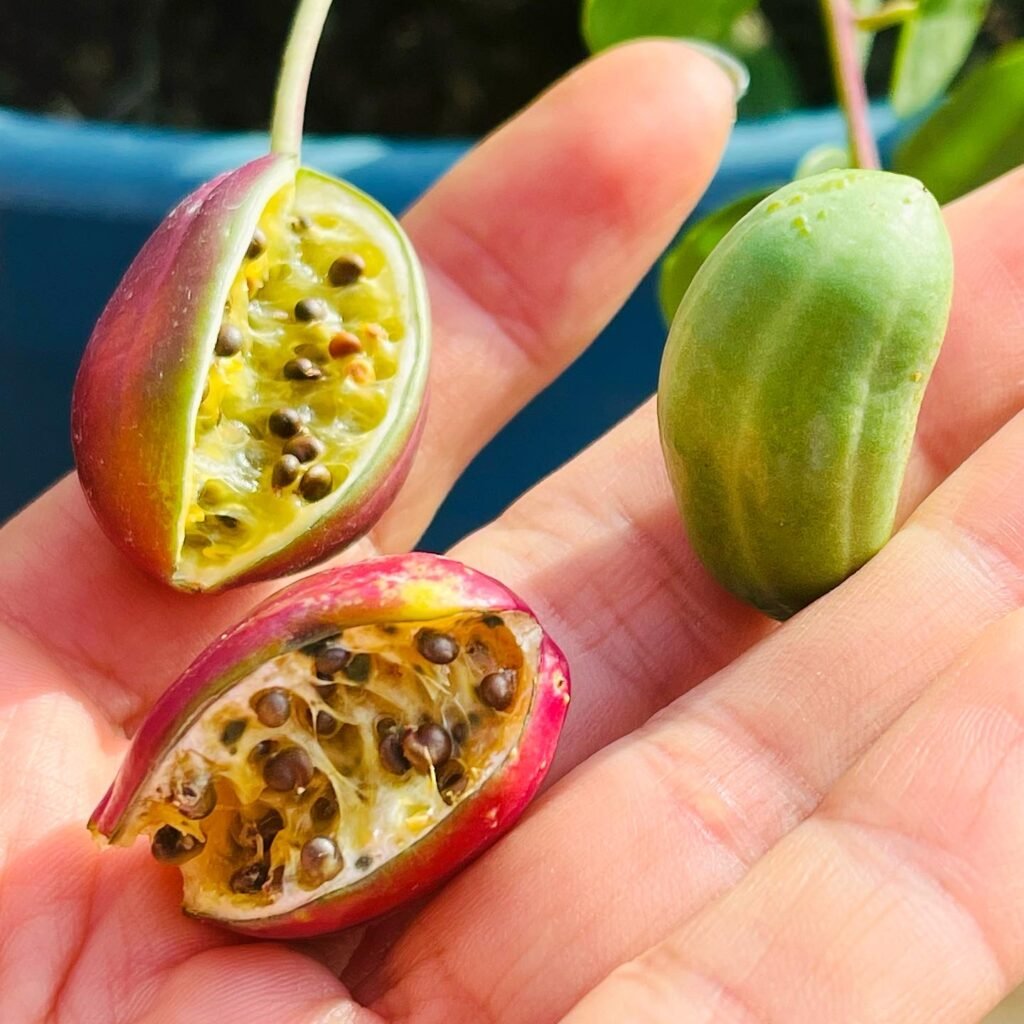

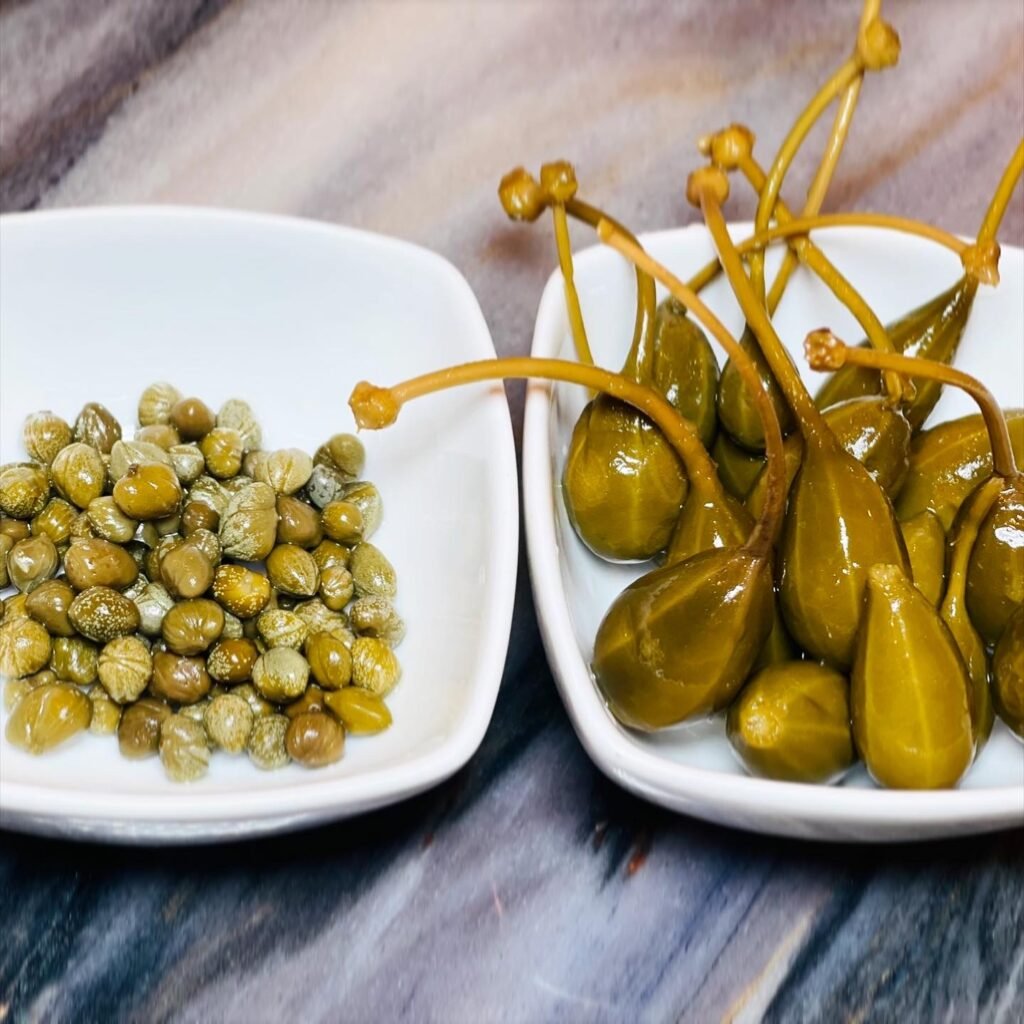
Caper Recipes
Capers find their way into a diverse array of culinary creations, including seafood dishes and pasta creations. They also harmoniously blend with lamb and cheese-based dishes. Capers are a popular addition to various salads and salad dressings, as well as tapenade and rich sauces like remoulade.
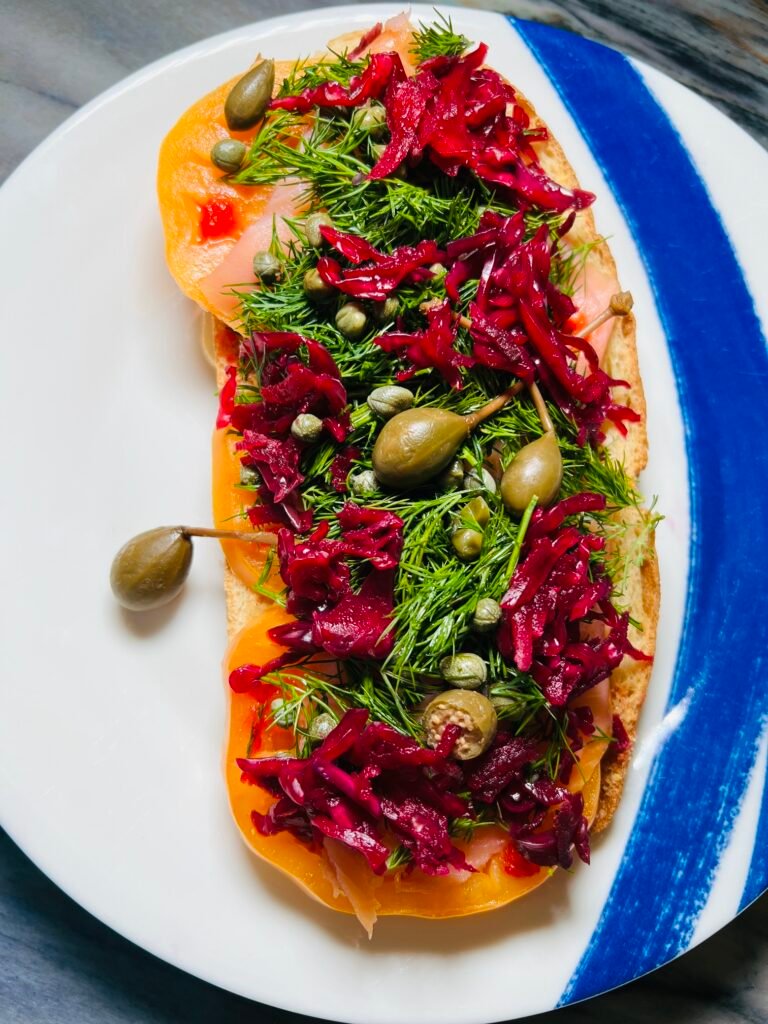
How to Use Capers
Capers are a versatile ingredient that can be used in a variety of dishes. Here are a few ideas:
- Add capers to salads, such as potato salad, tuna salad, and chicken salad.
- Use capers as a garnish for roasted meats, fish, and vegetables.
- Add capers to sauces, such as remoulade and tartar sauce.
- Add capers to pasta dishes, such as pasta puttanesca.
Where to Procure Capers
Well-stocked grocery stores, supermarkets, and natural food stores should have at least one jar of capers available for purchase. They can also be found in specialty and gourmet food stores, as well as online retailers. Capers are typically packaged in small jars, no more than four ounces in size, and are immersed in a vinegar brine. You’ll find them nestled among other pickled food items, such as olives. Smaller nonpareil capers are priced higher than larger capers, comparable to jars of gourmet olives.
In their native regions, caper bushes thrive in the wild, allowing their buds to be foraged. However, caution is advised as the caper spurge plant (Euphorbia lathyris), which bears a striking resemblance to the caper bush, is poisonous. Accurate identification is crucial. Backyard gardeners can also cultivate the caper bush from seeds or cuttings. This plant thrives in warm climates but struggles in cold environments. In northern climates, it’s recommended to bring the caper bush indoors for the winter months. Harvest the capers when they reach your desired size, then preserve the buds in brine.
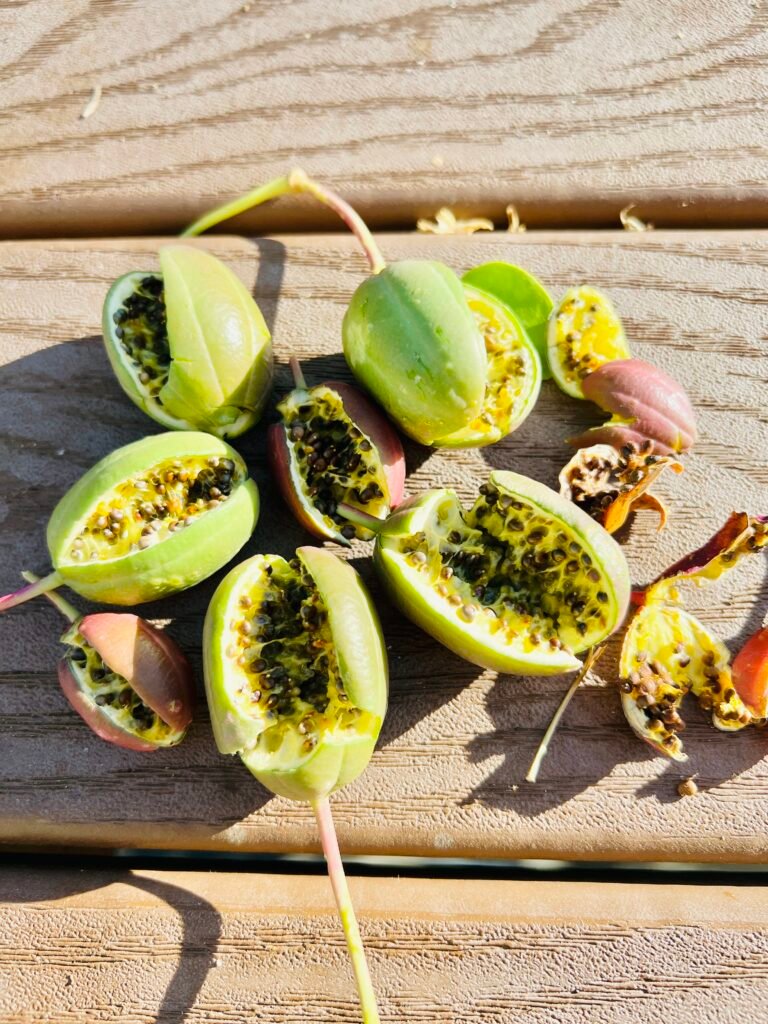
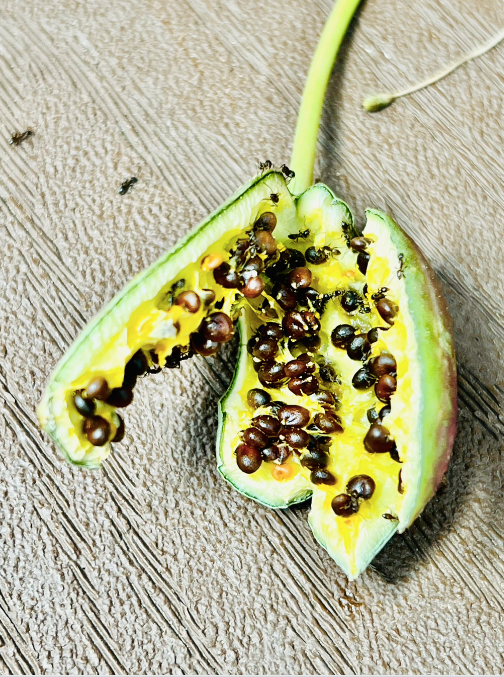
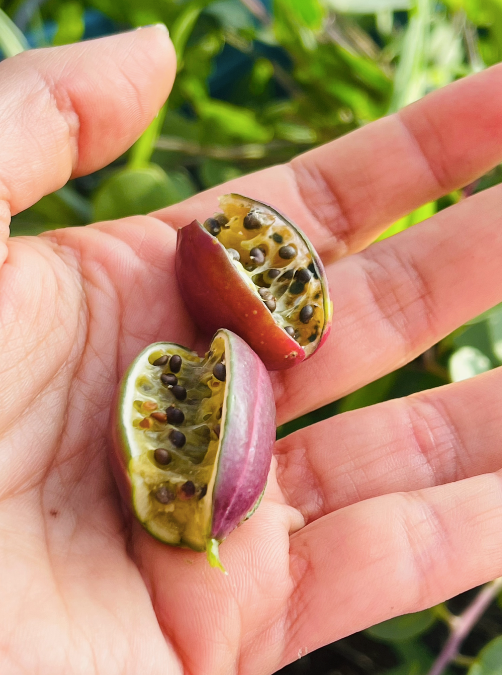
Storage
The storage method for capers depends on whether they are packed in brine or salt. In either case, ensure they are stored in an airtight container. Brine-packed capers should be completely submerged in the brine to maintain their freshness. Stored in the refrigerator, brine-packed capers can retain their quality for nine months or even longer. Unopened jars of brine-packed capers can be safely stored in the pantry. For salt-packed capers, room temperature storage is sufficient, and they can last for up to six months.
Discard any capers that exhibit unpleasant odors or darkened coloration, excluding any added spices. These signs indicate that the capers have deteriorated and are no longer suitable for consumption.

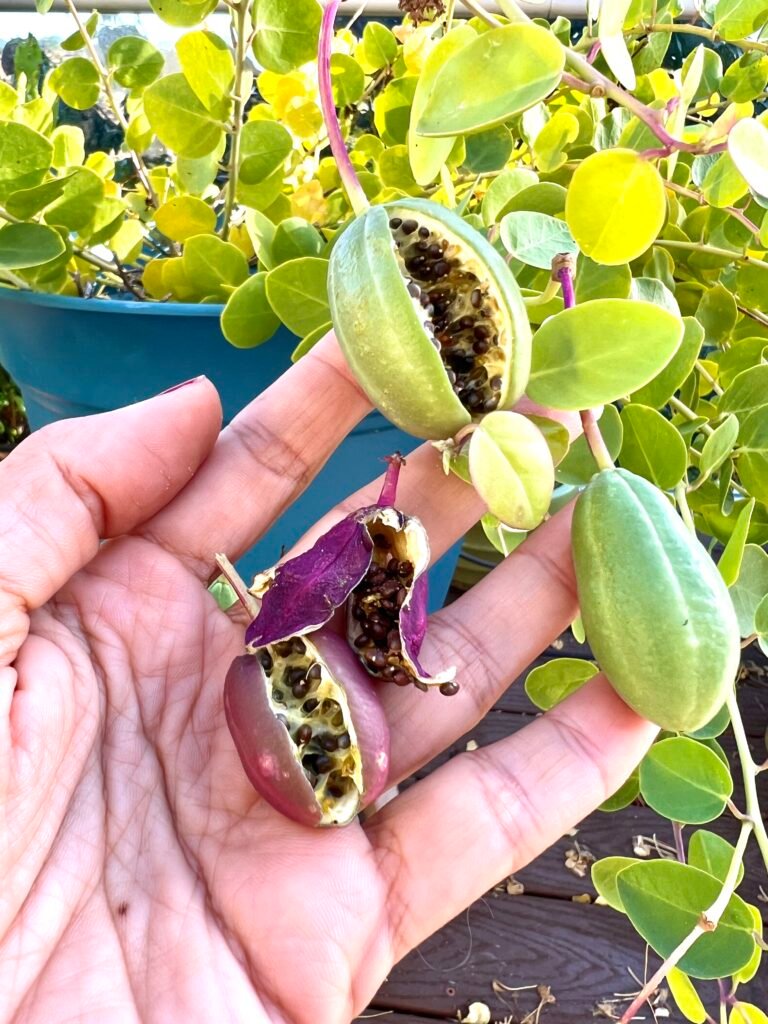
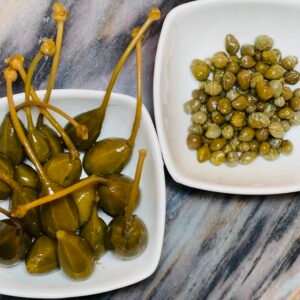
Pickled Capers from Marzi’s Garden
Ingredients
- 1 pound fresh capers
- 1 cup white balsamic vinegar
- 1/2 cup water
- 1 tablespoon sea salt
- 1 teaspoon black peppercorns or dried chili
- 1 bay leaf
- 1 teaspoon coriander & celery seeds Optional
Instructions
- In a medium saucepan, combine the vinegar, water, salt, peppercorns, Coriander and celery seeds and bay leaf. Bring to a boil, then reduce heat and simmer for 2 minutes.
- While the pickling liquid is simmering, pack the capers tightly into a clean glass jar.
- Pour the hot pickling liquid over the capers, making sure they are completely submerged.

- Allow the capers to cool to room temperature, then seal the jar tightly.
- Store the pickled capers in the refrigerator for up to 9 months.
Notes
- For the best flavor, use capers that are as fresh as possible.
- For an alternative approach to pickling caper berries, consider using raw vinegar and spices exclusively, skipping the cooking process. Both methods are effective; however, be aware that the raw vinegar option requires a longer duration to reach readiness. Interestingly, this method doesn’t necessitate refrigeration, offering a convenient and rustic twist to the traditional pickling process. Experiment with both techniques to find the one that suits your preferences and timeline. Happy pickling!
- Capers are a good source of antioxidants and vitamins.
- Capers may help to reduce inflammation and improve blood sugar control.
- Your comments and feedback are the sunshine that keeps my garden growing. Until the next adventure, happy gardening and cooking!
As an Amazon influencer, I earn a commission through product links at no extra cost to you—your support is appreciated!

